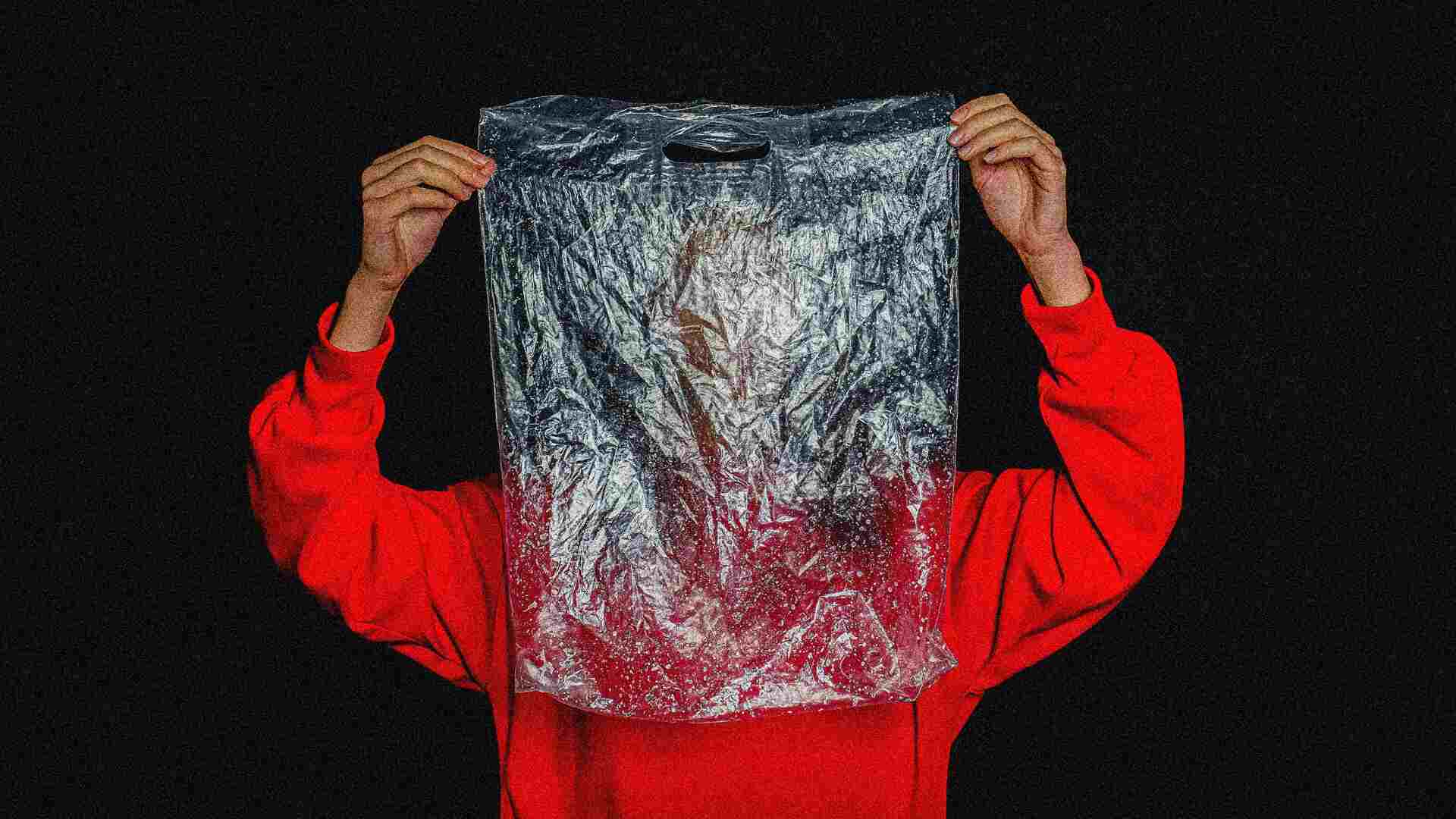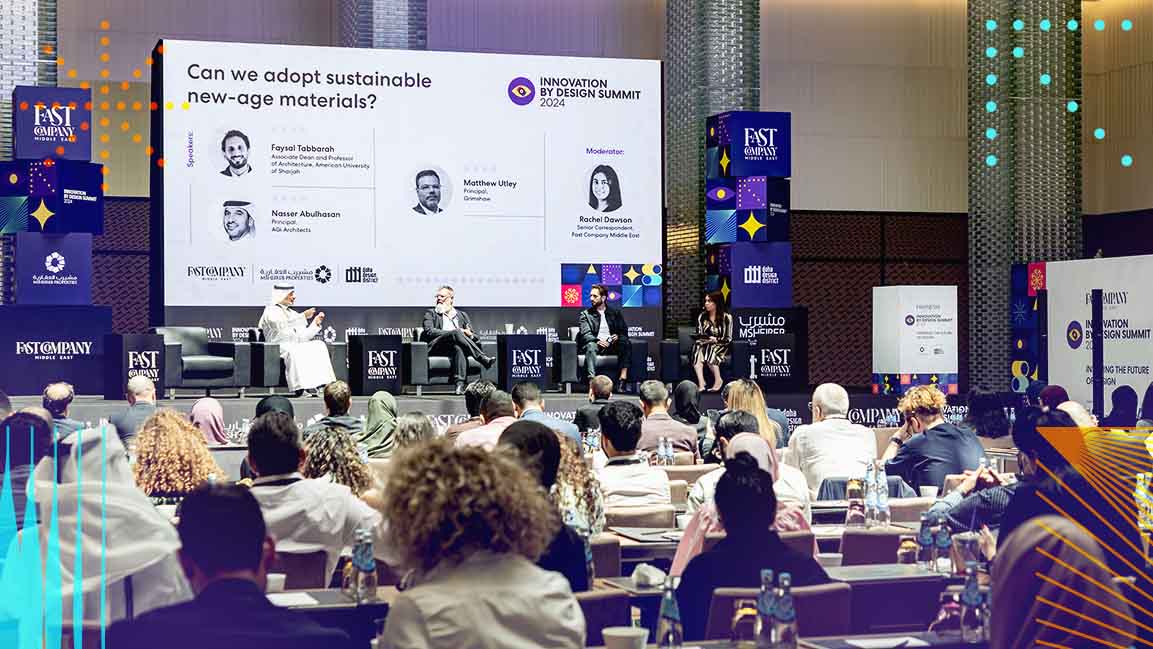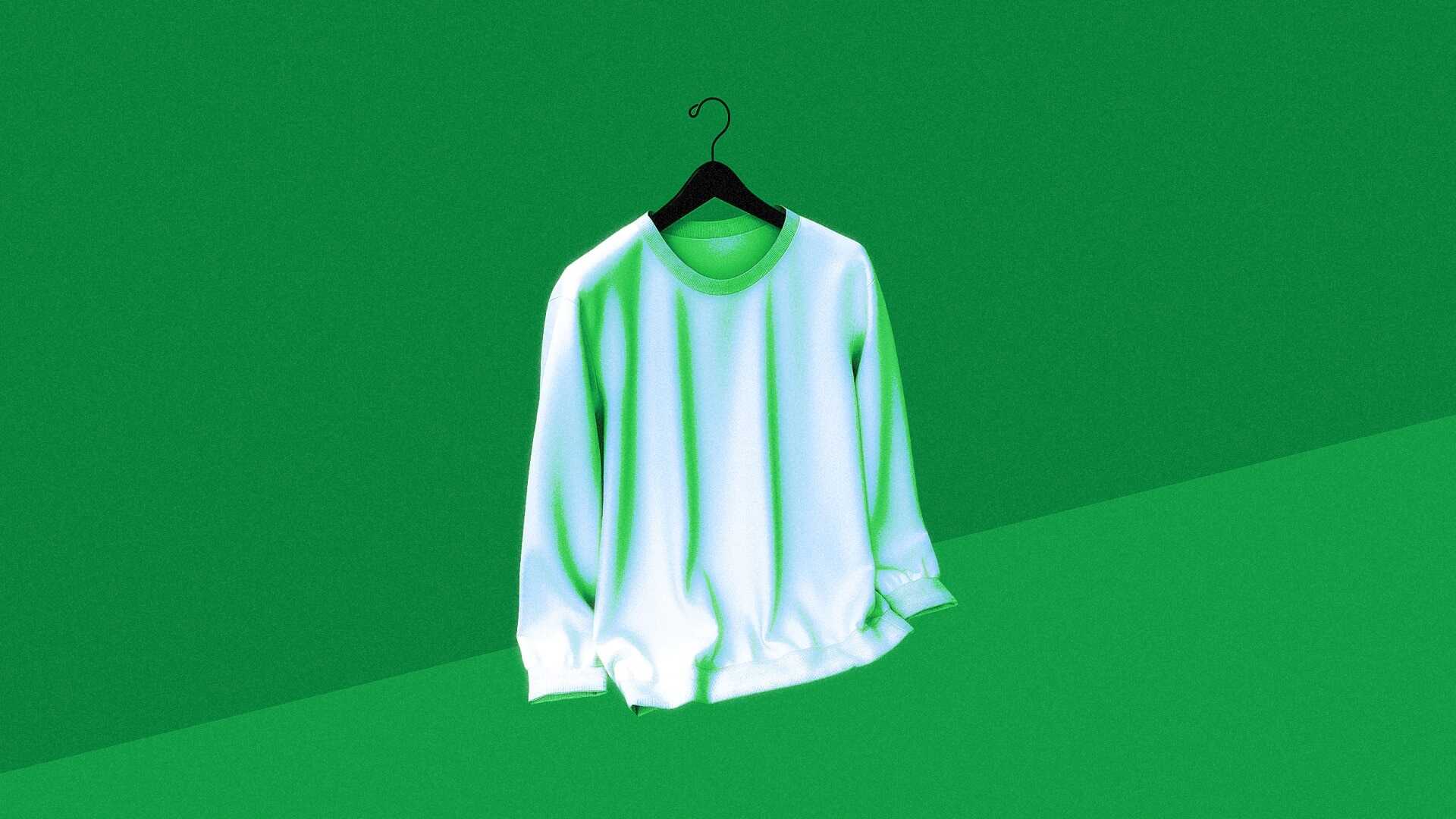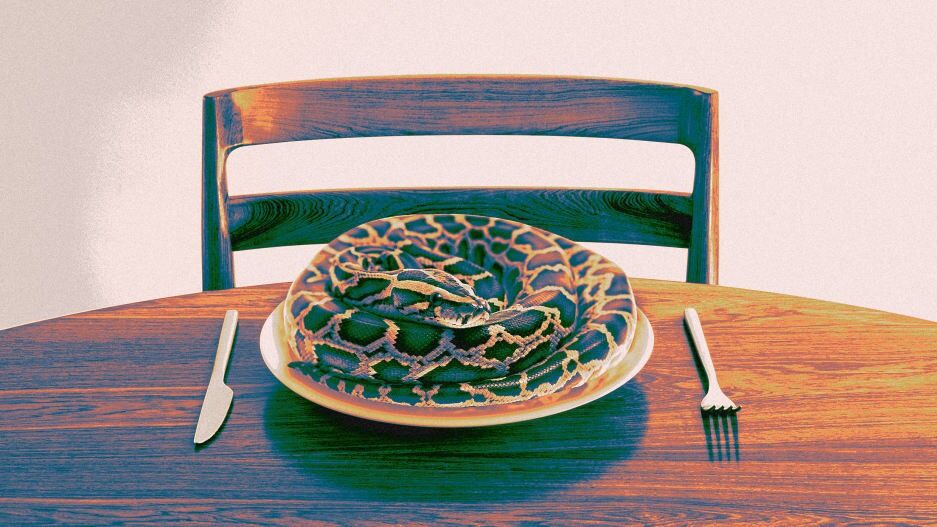- | 8:00 am
These designers created a more sustainable toilet with centuries-old technology
The modern flush toilet is a huge waste of water. Could this high-design compost toilet take its place?
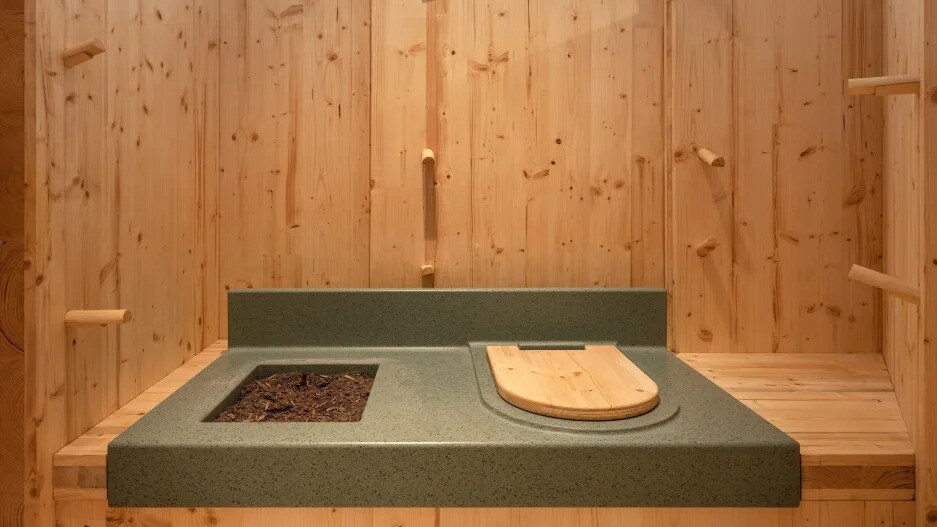
Some things are so ingrained that we don’t think twice about them: We yawn, we blink, we flush the toilet after we use it.
The flush toilet was first invented in 1596 (Queen Elizabeth I had one installed in her palace), but it took another 250 years for it to go mainstream and revolutionize the sanitation system. Today, the flush toilet is a cornerstone of the modern bathroom, but it has also become synonymous with two very 21st-century problems: the human obsession for convenience and the water crisis.
Already, the market is awash with solutions like half-flush and low-flow toilets. The stats, however, remain bleak. In the U.S., people waste anywhere from 19 to 24 gallons of water per day from flushing alone, and toilets account for almost 30% of an average home’s water consumption.
Most of that water (about 80% worldwide) ends up going back into the environment without being treated. And even though the rest is treated in wastewater treatment plants (accounting for about 3% of the electricity load in the U.S.), the process defies all logic: We use energy to siphon water out of one ecosystem, we pipe it into our homes, only to flush it back down the drain, and use more energy to clean it in a wastewater treatment plant.
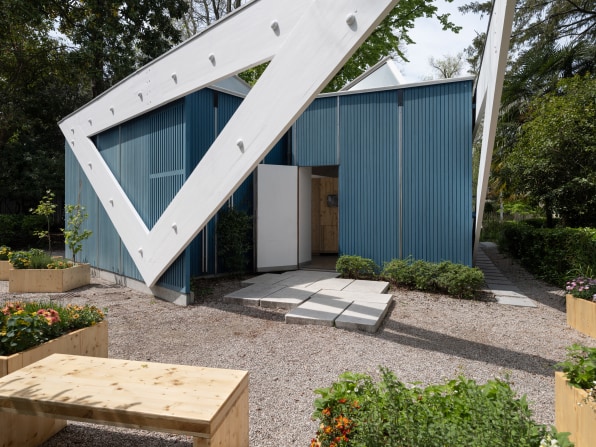
The good news is, it doesn’t have to be this way. The bad news is, old habits die hard.
This past spring, an intriguing exhibition opened at the Pavilion of Finland, at the Venice architecture biennale. Titled Huussi (pronounced hoo-see), the exhibition is named after a compost toilet, or outhouse, that turns human waste into compost and is most commonly found across rural Finland. It works like this: You do your business, throw in a scoop of sawdust, peat, sand, or anything that can absorb moisture, and walk away. When the container fills up, you open a hatch at the back of it, scoop out the waste, take it to a facility where it can finish composting, then use it as fertilizer. And because the system diverts urine into a separate container—and lingering urine is the main culprit for that toilet smell—compost toilets don’t smell.
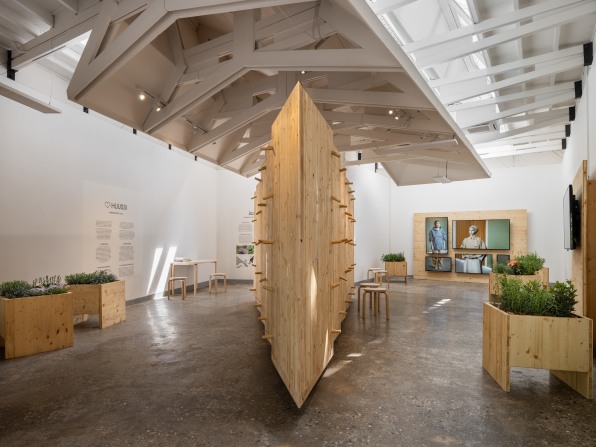
The exhibition doesn’t make the case for Huussis to replace flush toilets around the world. Your building manager won’t come rushing into your five-story apartment building in Brooklyn or London or Beijing and rip out your plumbing to install composting toilets on every floor anytime soon. But it calls for the death of the flush toilet with an urgent reminder that waterless toilets do exist, and every single solution will be needed for cities to fix the current sanitation system and reduce the toll it’s taking on the climate crisis.
“What we’ve learned from history is that each culture and each period of time has solved for the challenges of that time,” says the exhibition’s curator, Arja Renell. “We need to look at this time now, and say, ‘well, this system doesn’t serve us anymore because the world has changed, so let’s not think this is not doable. We’re curing cancer, we’re going to moon; if we decide to do it, we can do it.”
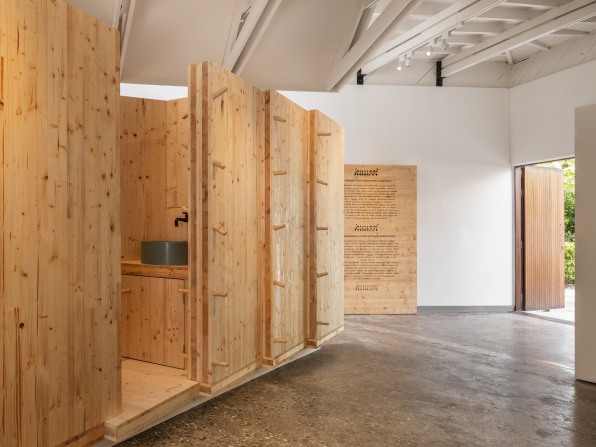
Perhaps ironically, the idea for an exhibition focusing on the Huussi started while waiting in line for a public restroom in Venice, where Rennell was visiting for the Art Biennale in 2022. There, she overheard someone talking about the city’s historical sewage system and how the toilet water would end up in the canals, for the most part untreated. “I was genuinely shocked,” she recalls, before thinking to herself: “We need this Finnish Huussi here.”
A year later, a Huussi arrived in Venice. The exhibition, which was designed by The Dry Collective—a group of architects, designers, and artists that includes Rennell—is centered around a stylish Huussi enveloped in wooden walls. A bed of soil fertilized with human urine sits next to it to help people visualize the end product. “We are trying to use architecture to seduce change; we’re making something so nice that you’re maybe willing to give it a go,” says Rennell.
For logistical reasons, people can’t actually give it a go at the Biennale, but Rennell says the Huussi is functional, so when the exhibition closes in November, it will be donated to VERAS, a local non-profit organization that owns an agricultural park on a nearby island.
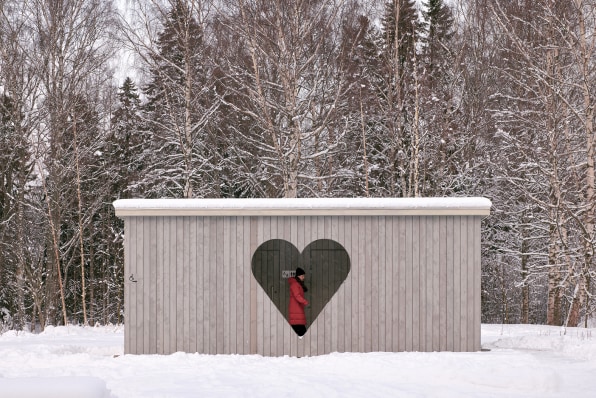
Back in Helsinki, the Huussi is enjoying something of a renaissance beyond rural settings. In the spring of 2021, Helsinki unveiled its first Huussi in a recreational space on the outskirts of the city. Designed by local architecture studio NRT, the public restroom consists of a wooden hut with a heart-shaped cutout in the front designed to match the familiar esthetic of a traditional Huussi. Inside, the toilet seat rests on a platform and everything works like you’d expect, except instead of yanking a handle, you simply sprinkle a cover material on top of your toilet paper, then close the lid.
What you won’t see is the supporting infrastructure it takes to make this possible, namely a special wheelie bin (a rolling trash bin) that is hidden underneath the platform and can separate liquid from solid waste. When the bin is full, it is picked up by local authorities and replaced with an empty container. “This is re-adaptation of an old technology that most Finns are familiar with from places like summer cottages,” says Hanna Harris, Helsinki’s chief design officer. “What you find here is much more sophisticated in terms of what happens with the composting, and they are pleasant places to use.”
Since then, the city has unveiled a second Huussi in a different neighborhood, and dozens more are in the pipeline as part of the city’s strategy to open up large swathes of the shoreline for people to visit. Most, if not all, will be used as public restrooms, which Harris hopes will set an example for other cities and help normalize composting toilets as a viable urban amenity.
But it’s not just Finland. Compost or dry toilets are already being used in holistic retreats, eco-villages, and even luxury resorts. Britain’s famous Glastonbury Festival now has over 1,300 compost toilets across the site (each equipped with sawdust and a scoop). The Grand Canyon National Park has various composting toilets, as do other national parks like Olympic Park in Washington. Similar off-grid concepts also exist in remote communities—these run the gamut from low-tech options like a potty with a biodegradable single-use bag, to a high-tech toilet that uses nanotechnology to convert human waste to clean water and ash without using any energy.
For now, most of these options are there to replace public restrooms, not home or office toilets, which is where this technology could have the biggest impact. But no-flush alternatives exist in those sectors, too, and they are increasingly being trialed across Europe. The most popular among them is the vacuum toilet, or pressure-assisted toilet, which uses air (plus about half to one liter of water) to suck human waste down a pipe. The technology has long been used in planes and trains, but over the past decade, it has been making its way to new residential neighborhoods across the Netherlands, Belgium, and others.

One of those neighborhoods lies in Helsinborg, Sweden, where in 2021, the authorities decided to turn the old harbor into a brand-new residential area with room for 2,500 people. Only 900 people live there for now, but every one of their apartments is equipped with vacuum toilets and, crucially, three separate pipes: one for blackwater, one for the gray water that comes out of your kitchen and washing machine, and one for food waste. All pipes lead to Sweden’s first recovery plant called RecoLab, which is located on the edge of the neighborhood.
“Our main message is that wastewater is actually a resource in our cities,” says Amanda Haux, business developer at RecoLab. “Everywhere where you have people, you have wastewater, and usually it’s something that you can get sick from. It’s in our genes that we don’t want to handle it, but we want to show that at a bigger scale, we can actually handle it, and we can get really good products, and sustainable products.”
Indeed, up to 80% of the grey water can be recovered to drinking water quality, but until RecoLab convinces the authorities to change the regulations, Haux says that RecoLab isn’t allowed to use it as such because it was produced on a sewage plant. “The mayor drank some of it to show it’s totally okay to drink,” she says.
Regardless, the benefits go far beyond saving water. By recycling black and gray water, RecoLab can recover nutrients like phosphorus and nitrogen and turn them into fertilizer pellets. Compared to a standard sewage plant, it can also produce 60 to 70% more biogas (they are currently selling it to the Netherlands, which is using it to power its buses, but they are hoping to eventually use it locally.)
Ultimately, RecoLab is paving the way for a closed-loop system where the waste is collected, recycled, and reused locally. The Finnish Huussi, and other composting toilets are doing exactly the same, but in a different way. Like most innovations, these are easier to implement in new buildings rather than retrofits, but every single day around the world, new buildings are going up and only a fraction of those are ditching no-flush toilets for more sustainable options.
Old habits die hard indeed.












